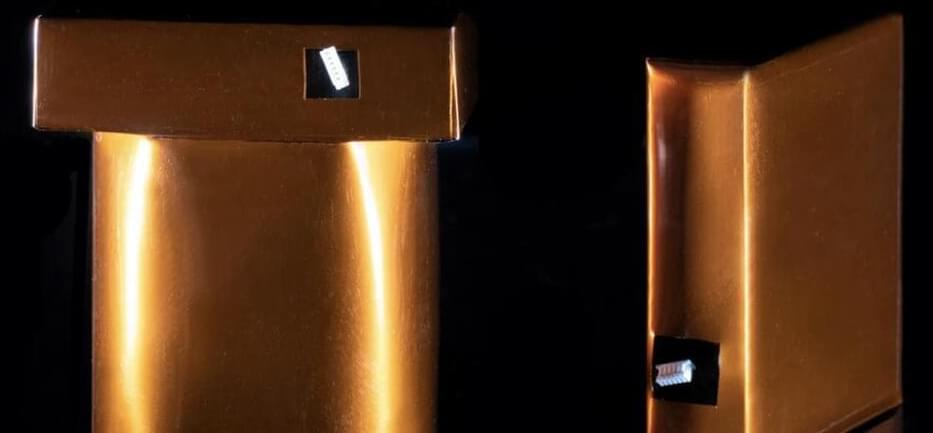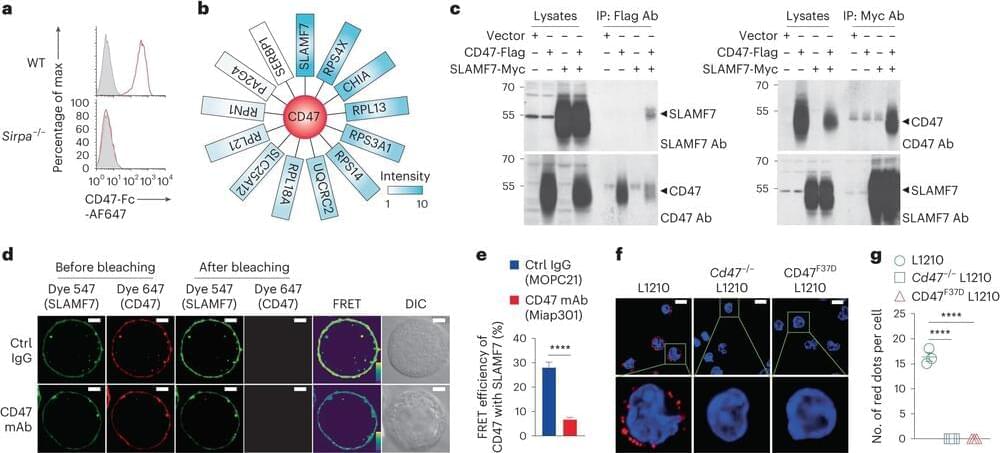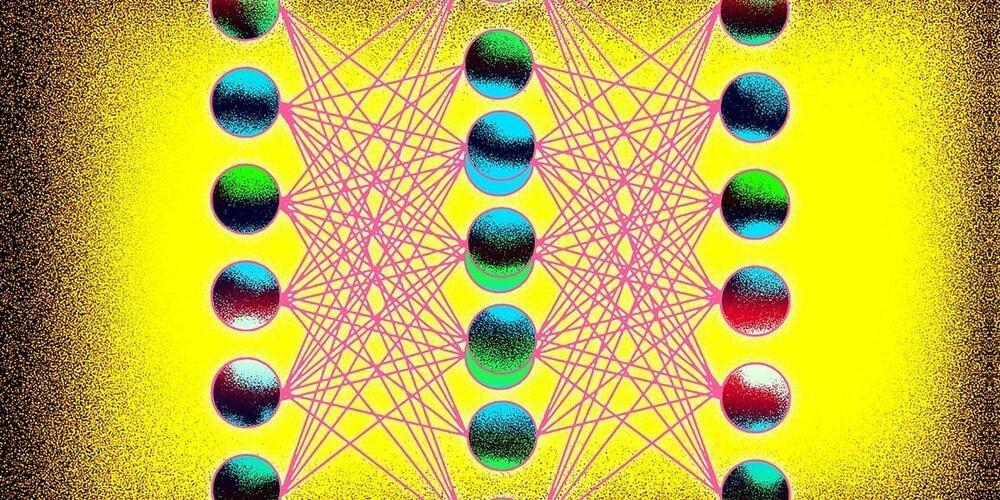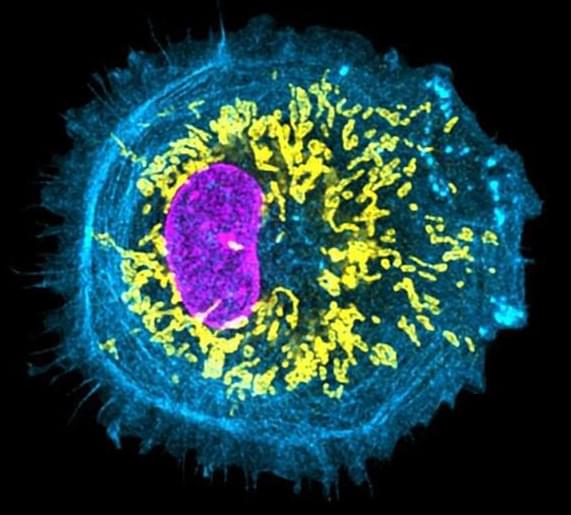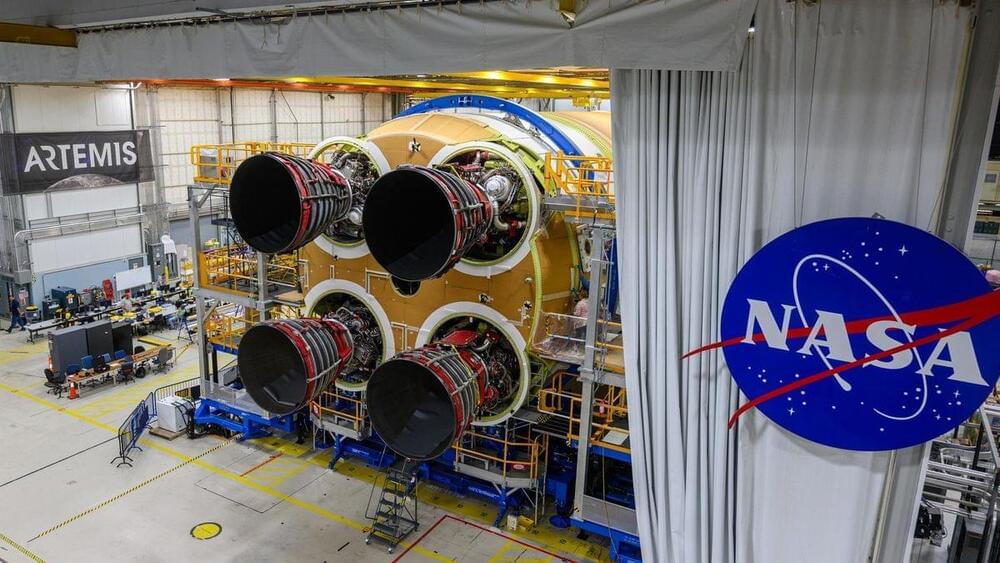Over the years, Einstein received a lot of letters from children. “I am a little girl of six,” one announced in large letters drawn haphazardly across the full width of the writing paper. “I saw your picture in the paper. I think you ought to have a haircut, so you can look better.” Having given her advice, the girl, with model formality, signed it, “Cordially yours, Ann.”
“I have a problem I would like solved,” wrote Anna Louise of Falls Church, Virginia. “I would like to know how color gets into a bird’s feather.” Dear Mr. Einstein was asked the age of Earth and whether life could exist without the sun (to which he replied that it very much could not). One child asked him whether all geniuses were bound to go insane. Frank, from Bristol, Pennsylvania, asked what was beyond the sky—“My mother said you could tell me.”
Kenneth, from Asheboro, North Carolina, was more philosophical: “We would like to know, if nobody is around and a tree falls, would there be a sound, and why.” Similarly, Peter, from Chelsea, Massachusetts, drove straight to the heart of human inquiry: “I would appreciate it very much if you could tell me what Time is, what the soul is, and what the heavens are.”

